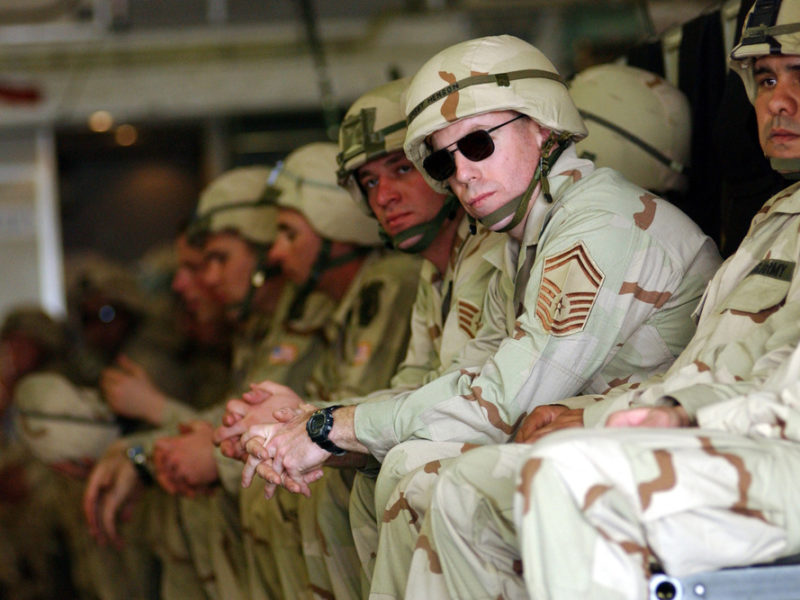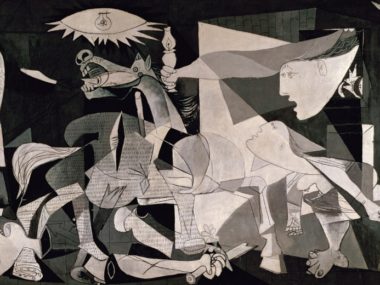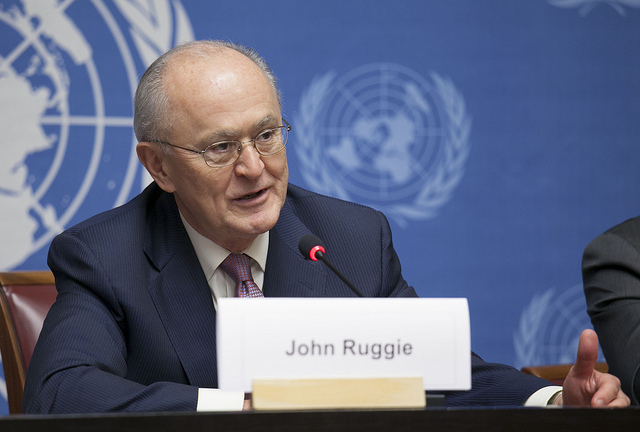Guest post by Chiara Ruffa and Annick T.R. Wibben
Initiation rituals are common in modern militaries, and despite the common occurrence of abuse—see here, here and here—they persist. Last year, Sweden transitioned from an all-volunteer force back to conscription, but with a twist: conscription is now gender-neutral. The move was conceived to both increase the quality of recruits and implement the pivot enshrined in military doctrine from a focus on expeditionary operations abroad to territorial defense while maintaining a focus on feminist foreign policy (Sweden is one of the most gender-equal countries in the world).
It all looked promising: a defense transformation done in full accordance with the implementation of the Women, Peace, and Security agenda. But despite the aggressive campaign to enhance female recruitment and increase its diversity and transparency, like most militaries, the Swedish military continues to face issues of abuse within its organization. A recent investigative report denounced inhuman, homophobic behavior towards new recruits.
The hazing and other illicit behavior denounced in the report is neither new to military organizations, nor unique to the Swedish Armed Forces, as the recent Fort Hood independent review suggests about the US Army. Decades of independent research and investigation have uncovered toxic behavior perpetrated by individuals in military organizations towards its members. For instance, Eichler described the inhuman behavior towards Russian conscripts. Winslow denounced the highly toxic, inhuman, and illicit initiation rituals of the Second Canadian Airborne. Belkin wrote about the evolving yet persisting hazing, harassment, and assault practices within the US military. In some units of the Italian military, inhumane practices seem to have triggered a growing number of suicides among volunteers.
Initiation rituals are considered important tools to socialize new military recruits. They mark the transformation from boys into men and from civilians to soldiers. Though the tradition is profoundly gendered, it is not really about gender. It is about power. The underlying idea is that new members should be stripped of their individual identity so that they can fully embrace their new collective military identity. Military socialization is thought to work best through collective experiences that create new memories and are thought to be foundational to small-group cohesion, a crucial component of military effectiveness. Here, tests of physical strength, sometimes involving hazing practices, are considered particularly important. Research suggests that initiation rituals may play an even more pronounced role in the conscript system—working with a larger base—and in highly specialized units.
Problems with military initiation rituals abound. First, the reliance on initiation rituals assumes that they create membership in the “band of brothers,” and a willingness to cooperate based on social homogeneity, which results in better performance. But the idea that social group cohesion produces better performance is outdated. Indeed, it may do more harm than good, especially in more diverse militaries, since traditional military culture produces and reproduces a highly gendered and racialized order: only being a heterosexual white man warrants de facto membership. What is more, the unexamined presumed link between social cohesion and performance has actually led to combat breakdown and even war crimes. Membership relying on social homogeneity creates a permissive environment that makes harassment, assault, hazing, rape, and other forms of abuse persist as long as they are perceived to enhance the traditional order.
Can these toxic practices within the military be abolished? It is difficult but possible. At present, a tempting solution for several military commanders has been to simply denounce a few bad apples within the military organization. However, even if the bad apple explanation seems plausible, it overlooks the broader cultural complex in which hazing and toxic initiation rituals unfold and are tolerated. Research suggests that military culture can change, albeit slowly. While most military cultures are imbued with toxic hegemonic masculinity, there is no inherent reason for it. For instance, a military culture anchored in task cohesion—the ability to the get the job done—seems much more appropriate for a diverse military. Additionally, though it might be tempting to let the military address its problems internally, civilian oversight and public scrutiny are key drivers of change. Only a major cultural shift in the military can change deeply rooted organizational dynamics. The military—tasked with the purveyance of violence—is too important to be left to its own devices. As societies change, militaries should too.
Chiara Ruffa is academy fellow in the Department of Peace and Conflict Research at Uppsala University, and an associate professor in War Studies at Swedish Defense University. Annick T.R. Wibben is the Anna Lindh Professor of Gender, Peace & Security at the Swedish Defence University.






